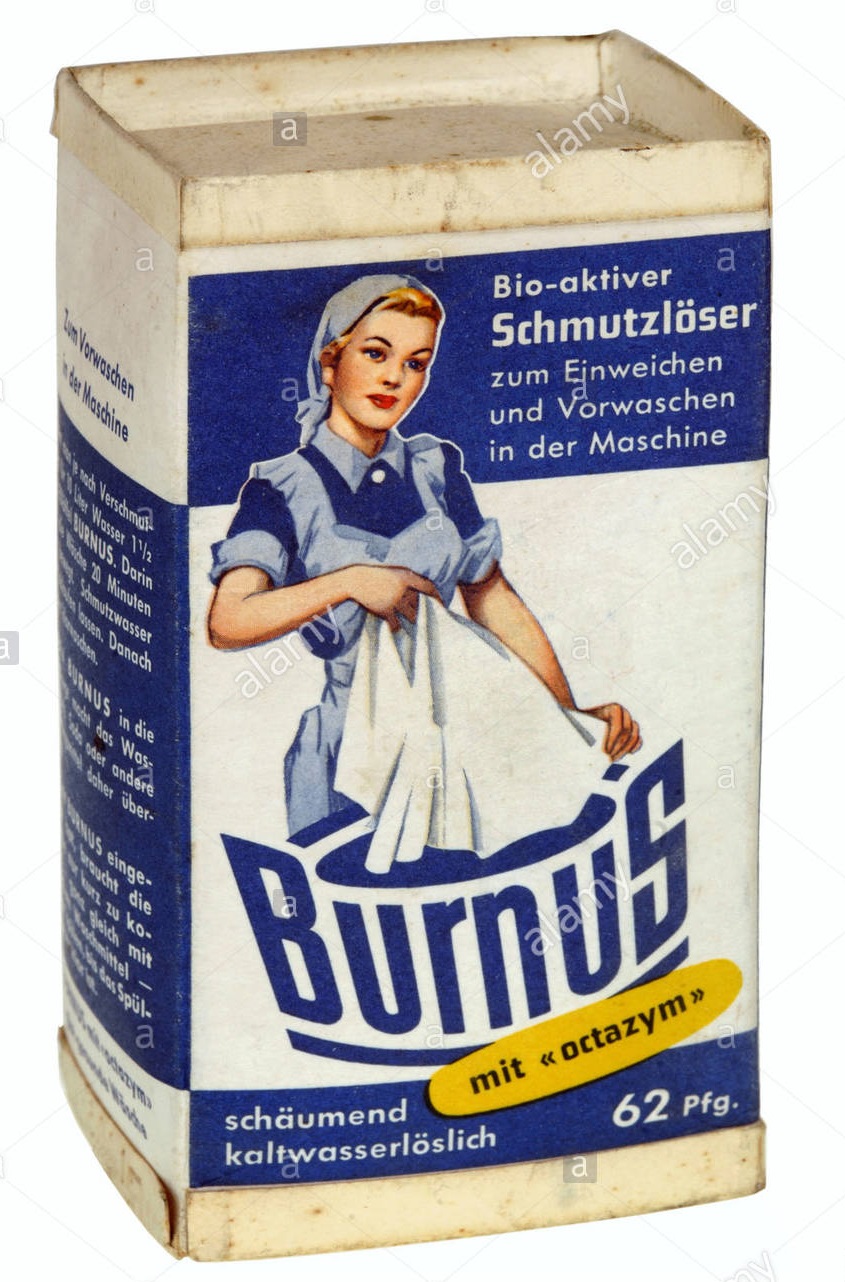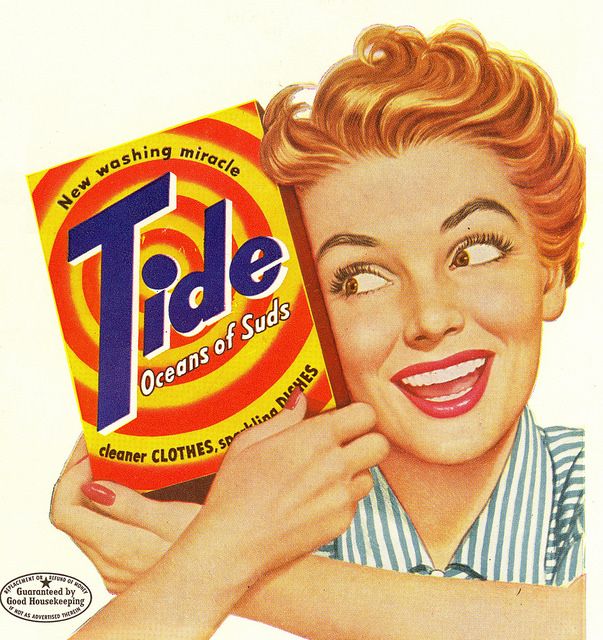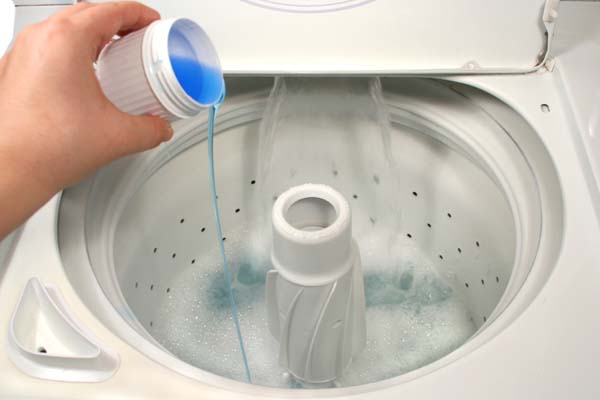Thursday 10th May 2018
hen
we think of great inventions like penicillin or the motor car, most people will
tell you Alexander Fleming or Henry Ford was the inventor. But ask them to name
the person that invented laundry detergent and it becomes a bit more difficult.
Well Who Invented Laundry Detergent I hear You
Ask?
 This
incredible breakthrough can be attributed to Dr. Otto Rohm in 1907 who was the
owner of Burnus, a company established in 1836 originally as a candle and soap
maker. Otto Rohm introduced the use of enzymes for cleaning laundry in 1907 but
it was not till 1914 when his research on the technical applications of enzymes
in washing detergents that the revolution really started.
This
incredible breakthrough can be attributed to Dr. Otto Rohm in 1907 who was the
owner of Burnus, a company established in 1836 originally as a candle and soap
maker. Otto Rohm introduced the use of enzymes for cleaning laundry in 1907 but
it was not till 1914 when his research on the technical applications of enzymes
in washing detergents that the revolution really started. Soap
manufacturing stayed the same until 1916. Germany
In
America Laundry detergent production began in the 1930`s by Proctor &
Gamble. It was a process engineer Robert Duncan working for P&G who went to
Europe to discover what he could learn about
Laundry detergent. At the time Germany America America
 This
meant there was a need for a Laundry detergent that could clean heavy soiling
roll up Dave “Dick” Byerly he began work on a heavy duty laundry detergent in
1934. It was not till 14 years later that he created his first prototype. In
1946 this was launched as Tide laundry detergent. By 1949 it became the number
one brand. The surfactant was the detergents basic cleaner but it was use of
phosphates as builders in its detergents that was the game changer a system still
used today by some manufacturers.
This
meant there was a need for a Laundry detergent that could clean heavy soiling
roll up Dave “Dick” Byerly he began work on a heavy duty laundry detergent in
1934. It was not till 14 years later that he created his first prototype. In
1946 this was launched as Tide laundry detergent. By 1949 it became the number
one brand. The surfactant was the detergents basic cleaner but it was use of
phosphates as builders in its detergents that was the game changer a system still
used today by some manufacturers. By
1953 sales of detergent completely out passed those of soap for laundry
cleaning.
Innovations
continued through the decades in the 60`s we had the pre-wash soil and stain
removers these consisted of enzymes in the laundry powders and pre-soaks. Although
used back in 1916 these new style Enzymes became commonly known as biological
cleaning powders (But not great for those with sensitive skin). There was also
a drive by P&G to sell laundry tablets.
 By
1970 there had become a trend for liquid laundry detergents as Laundry tablets
disappeared from the market. This was mainly down to the fact that Laundry
powders and laundry tablets were clogging up washing machines. This new
technology also improved washing of clothes due to the fact that laundry
liquids dissolved much faster than laundry powder in water. Laundry Liquid also dissolved completely at
lower temperatures unlike washing powders.
By
1970 there had become a trend for liquid laundry detergents as Laundry tablets
disappeared from the market. This was mainly down to the fact that Laundry
powders and laundry tablets were clogging up washing machines. This new
technology also improved washing of clothes due to the fact that laundry
liquids dissolved much faster than laundry powder in water. Laundry Liquid also dissolved completely at
lower temperatures unlike washing powders. In
the 1980`s the trend was for concentrated laundry powders and liquids for washing
machines. This was mainly down to an environmental drive by governments to
reduce packaging and our carbon footprint. Whilst this was a great idea clothes
washing became complicated for the average user of laundry detergents. These
concentrates would often damage clothes and washing machines as the dosing
rates could be complicated.
By
the 1990`s laundry detergent manufacturers still believed that concentrates was
the way forward and they developed ultra concentrated laundry liquids and
powders. But this time they changed the way the dosing was applied. There was
all sorts of refillable containers to add directly into the washing machine
drum. These containers worked a lot better as there was less confusion over
dosing rates for laundry.
By
the year 2000 there was tremendous strides in the manufacturing of plastics.
This led to the introduction for the first time ever of dissolvable pre-measured laundry liquids and powders. Although there were serious concerns
about child safety as often the packaging was attractive to children leading to
a number of cases of poisoning.
In
the 2010`s the laundry detergent manufacturers focused on responding to the
problem there capsules packaging had. By making them look less enticing and
using containers with more safety features. There was also a big media through
TV, press, and social media making it clear to keep the product out of the
reach of children at all times. This and the labelling being updated really
helped to drive the message home.



